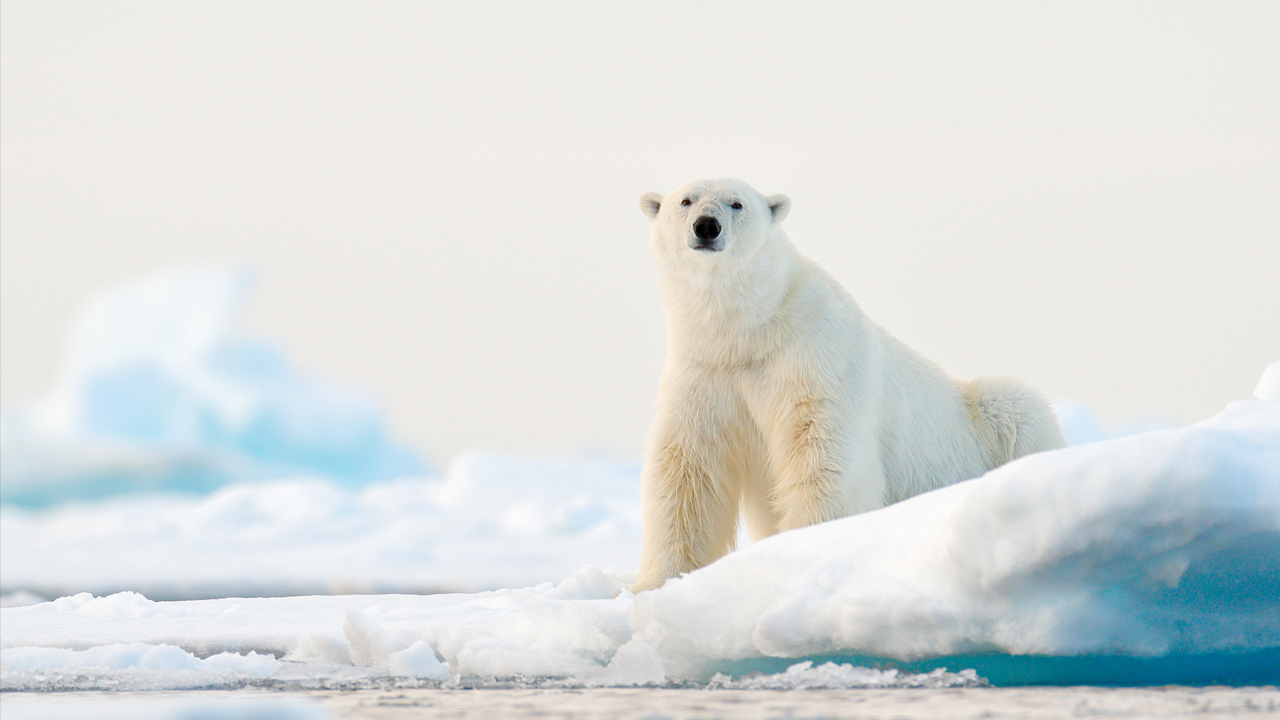Polar Bear populations are so high in Canada's North that they are becoming problematic
Noted polar bear population researcher Susan Crockford examined recent claims that a population of polar bears, specifically in Churchill, MB, is declining in numbers due to dwindling sea ice (caused allegedly by climate change), which, in turn, caused a decline in the ringed seal population, the bears' main source of food.

According to Blacklock’s Reporter:
'Science and Inuit Quajimajatuquangit (traditional knowledge) are now observing higher numbers of polar bears, and the management goals are more focused on maintaining or reducing numbers in communities and sensitive areas, i.e. bird colonies' according to a federal report, Species At Risk In Nunavut.
DOCUMENTS: Canada has so many #PolarBears they're a nuisance, says federal report contradicting @CathMckenna claims #ClimateChange threatened the species. https://t.co/kU8kxyjaZY #cdnpoli @environmentca pic.twitter.com/4ZghI6jAZF
— Blacklock's Reporter (@mindingottawa) January 4, 2023
"Inuit are concerned about this increasing number of encounters and property damage by polar bears. This may be due to a combination of factors including rising population numbers in some areas and a reduction in sea ice duration and extent."
According to Blacklock's, which first published the findings of the Species at Risk report Tuesday morning, "bear population numbers up to 16,000 in the territories, Labrador and northern Manitoba and Québec."
Catherine McKenna, in 2017 and at the time Canada's Liberal environment and climate change minister, used a National Geographic video of an ill and aged polar bear in the throes of natural death in the wild as evidence of a climate change-induced species extinction.
"When scientists say bears are going extinct, I want people to realize what it looks like," says photographer Paul Nicklen pic.twitter.com/foBaqXqOQ4
— National Geographic (@NatGeo) December 9, 2017
But facts of polar bear populations did not line up with the blame McKenna wanted to place on the SUVs of Canadians. Bear populations as a whole are increasing, although some regions are seeing a small decline, which the migration of bears may cause.
Andrew, if CO2 was really the polar bear population control knob, why would the confirming evidence only show up in 3 of 19 polar bear populations? https://t.co/ZrGHBqYkBR
— Tom Nelson (@tan123) July 13, 2021
Noted polar bear population researcher Susan Crockford examined recent claims that a population of polar bears, specifically in Churchill, MB, is declining in numbers due to dwindling sea ice (caused allegedly by climate change), which, in turn, caused a decline in the ringed seal population, the bears' main source of food.
Polar bears in the 'Polar Bear Capital' of the world are quickly disappearing, with the population dropping roughly 50% since the late 1980s, and 27% in just the past five years. https://t.co/4wkipCA5zL
— Gloria Dickie (@GloriaDickie) December 24, 2022
However, the sea ice levels in the area have remained relatively stable for the last five years.
And what do you think about the pre-Christmas bout of 'science by press release' stories regarding a government report on W Hudson Bay polar bears that was not available to the public? I consider this "not actually journalism" and wrote about it here: https://t.co/vhlrfwNUTj
— Susan Crockford (@sjc_pbs) December 29, 2022
Back to the drawing board, fearmongers!
Don't Get Censored
Big Tech is censoring us. Sign up so we can always stay in touch.









